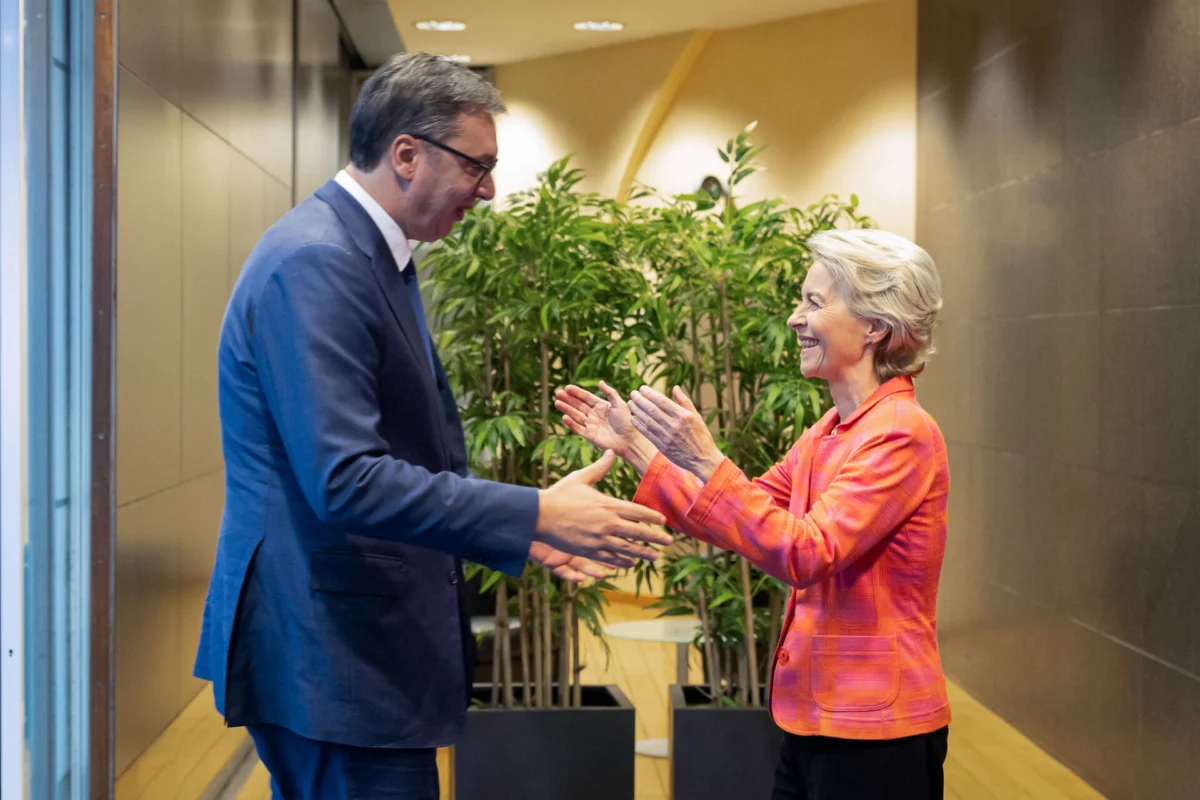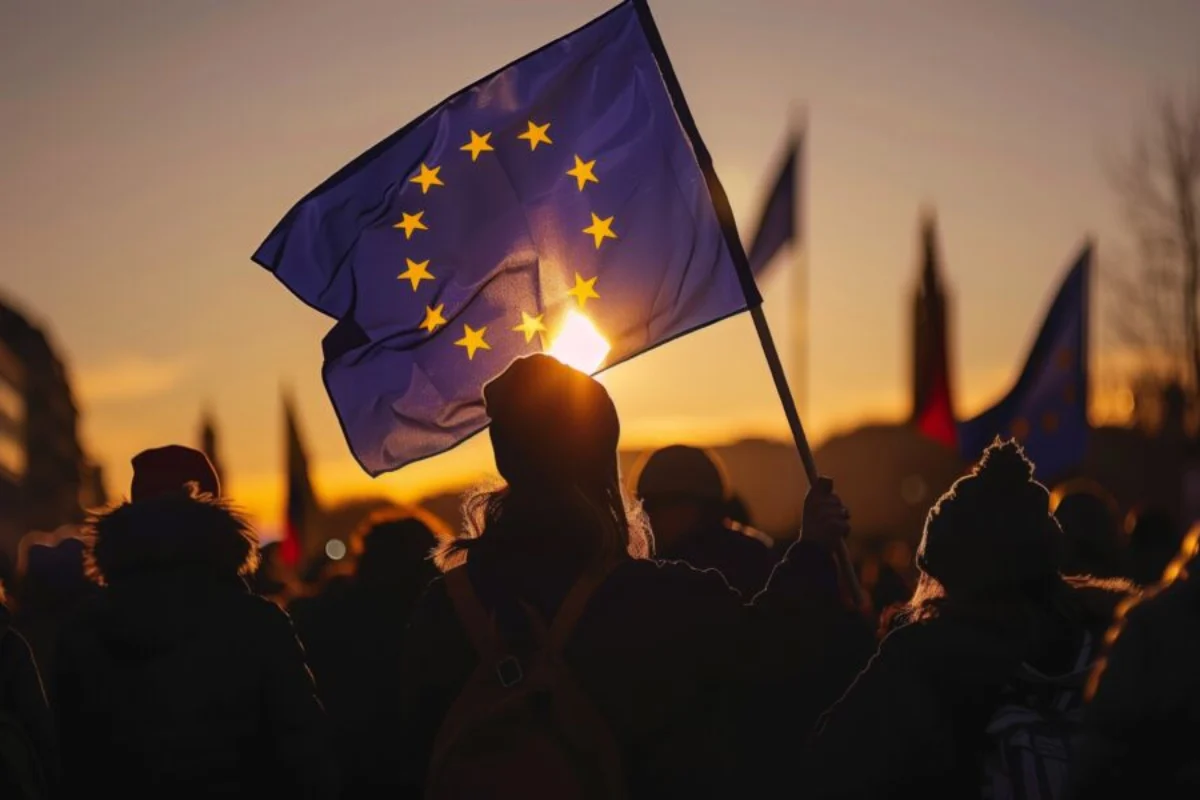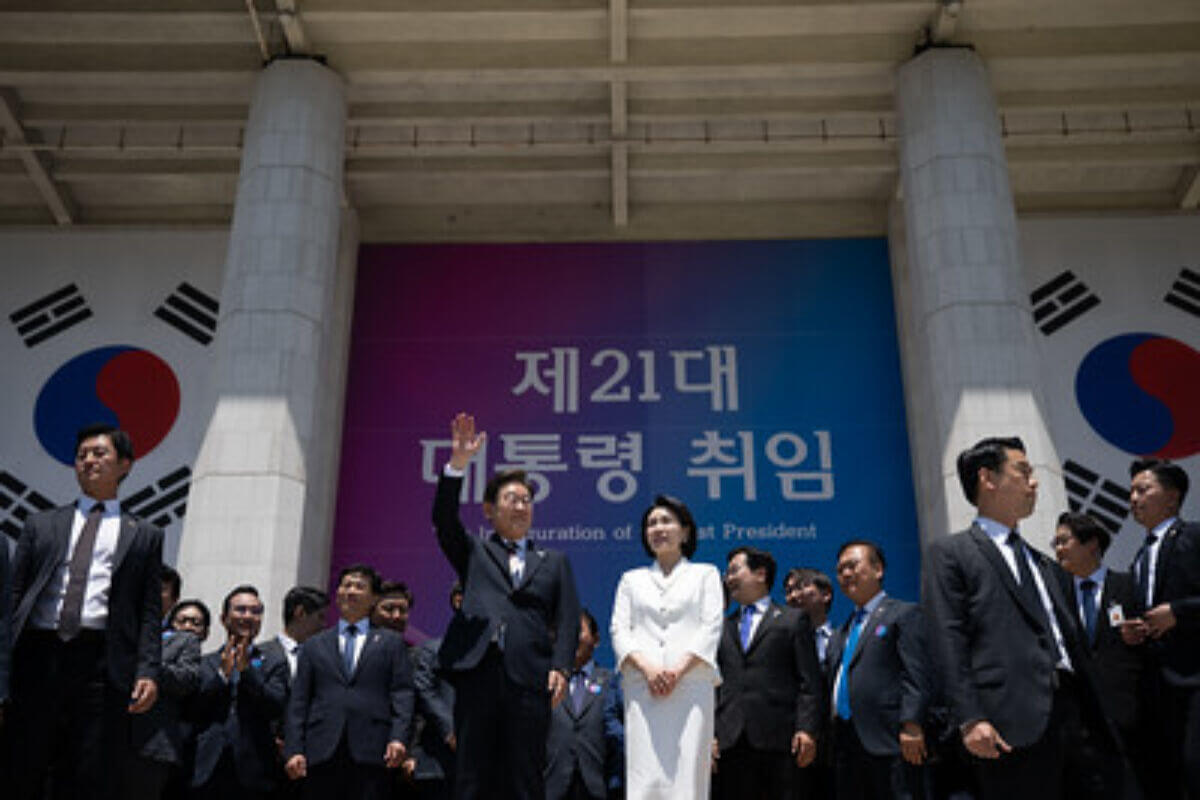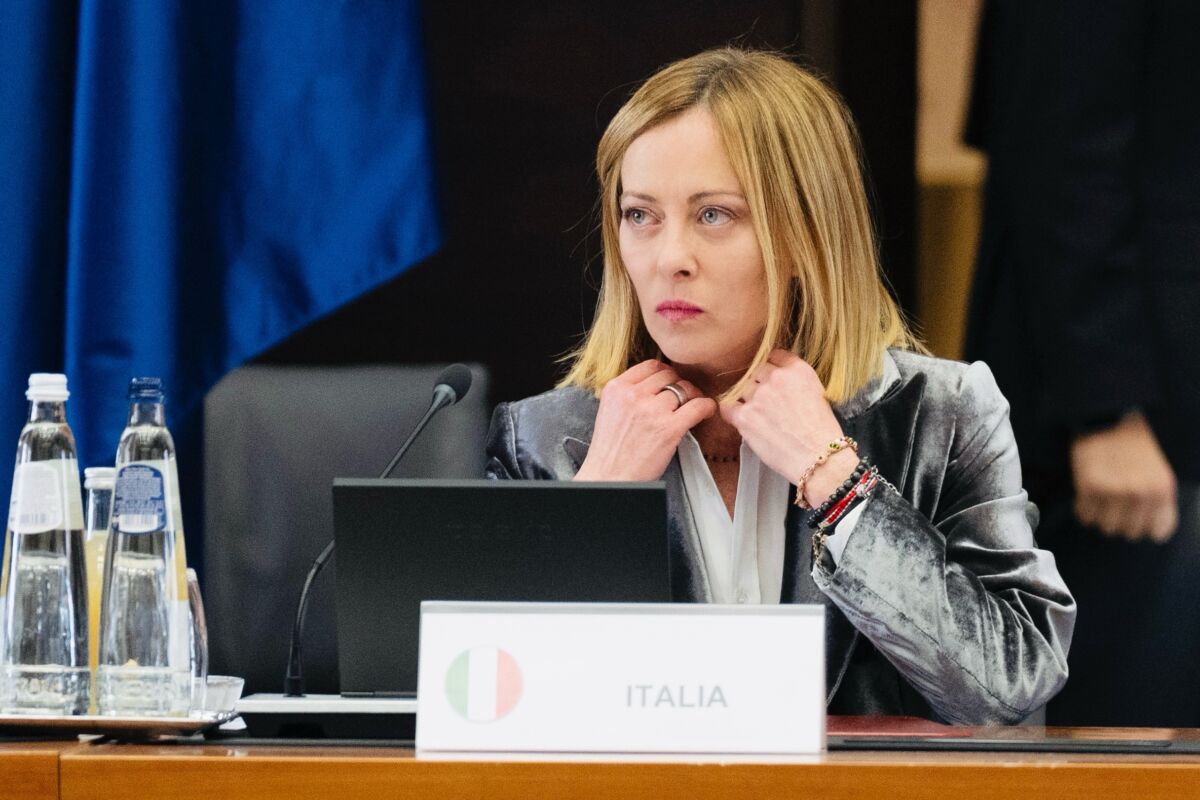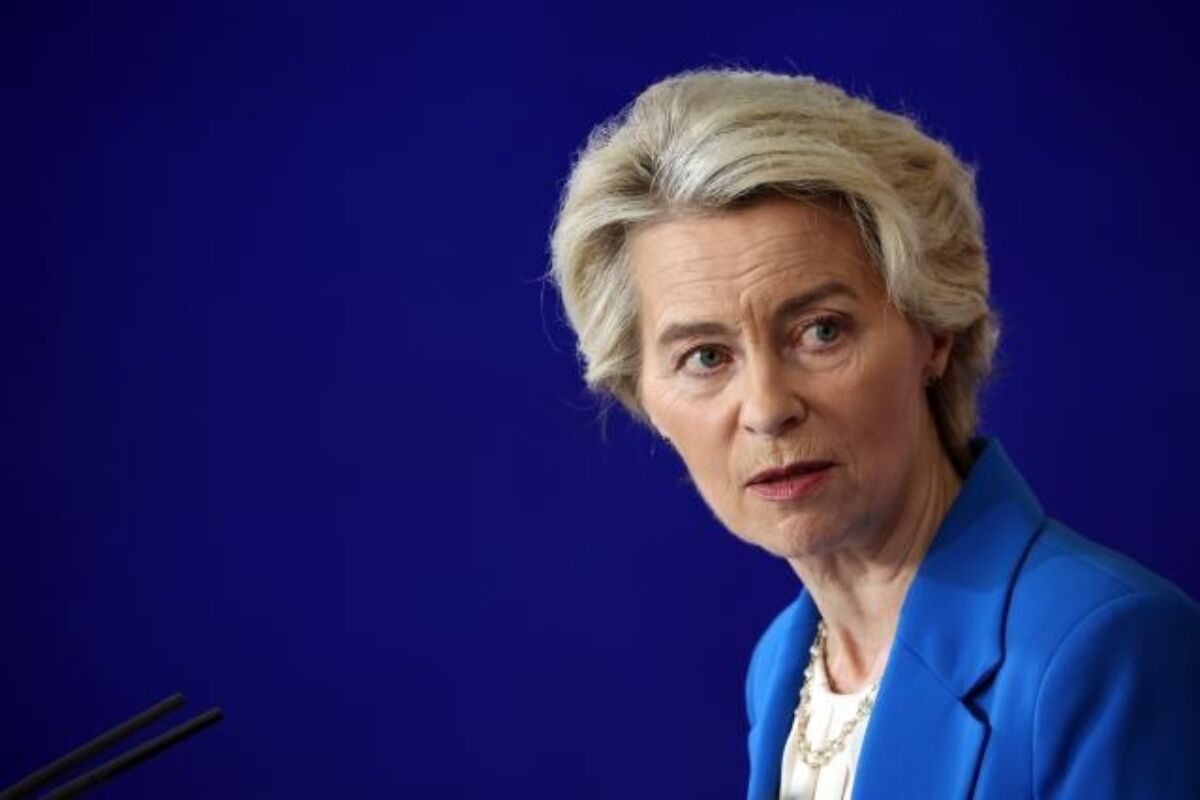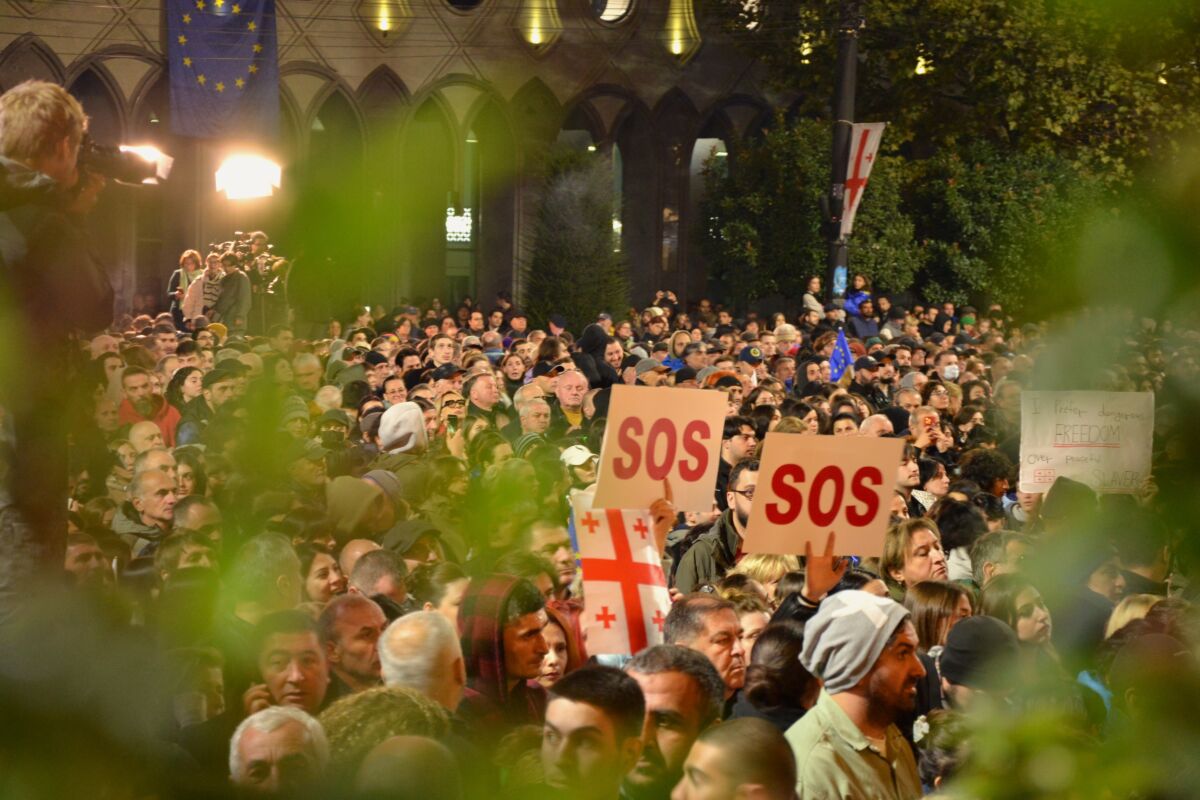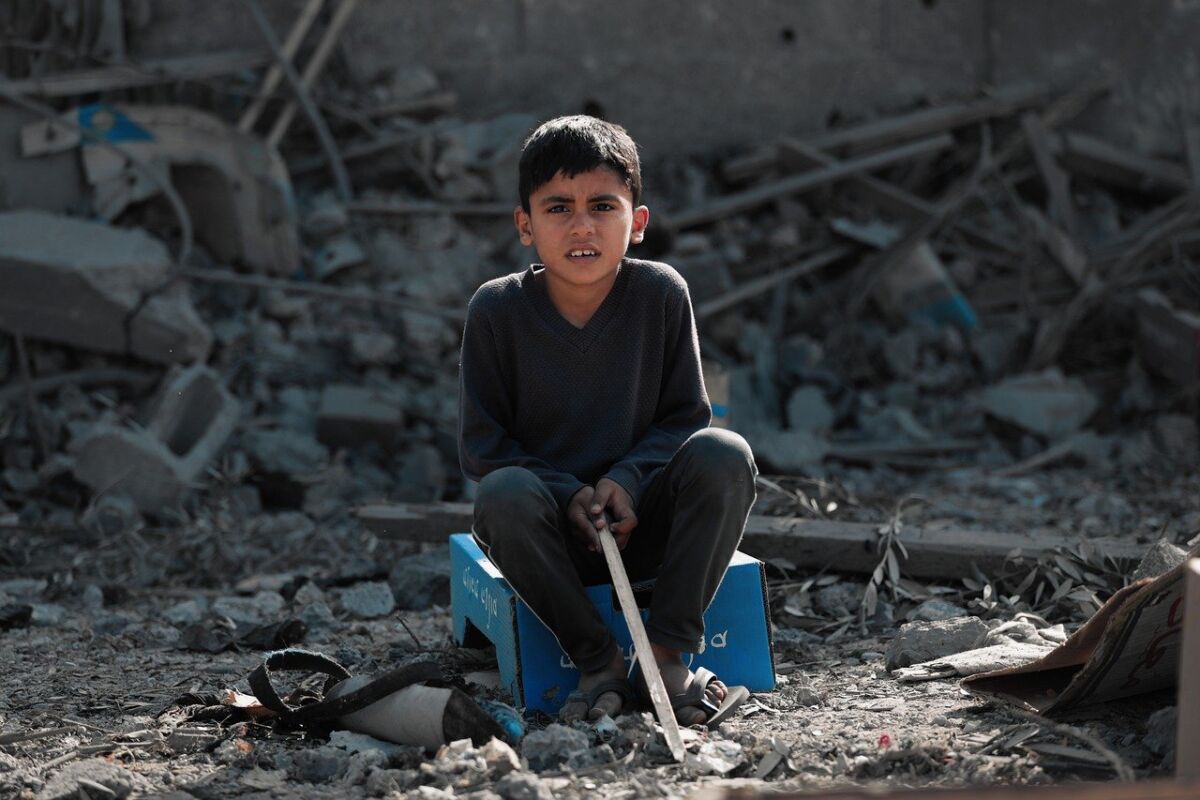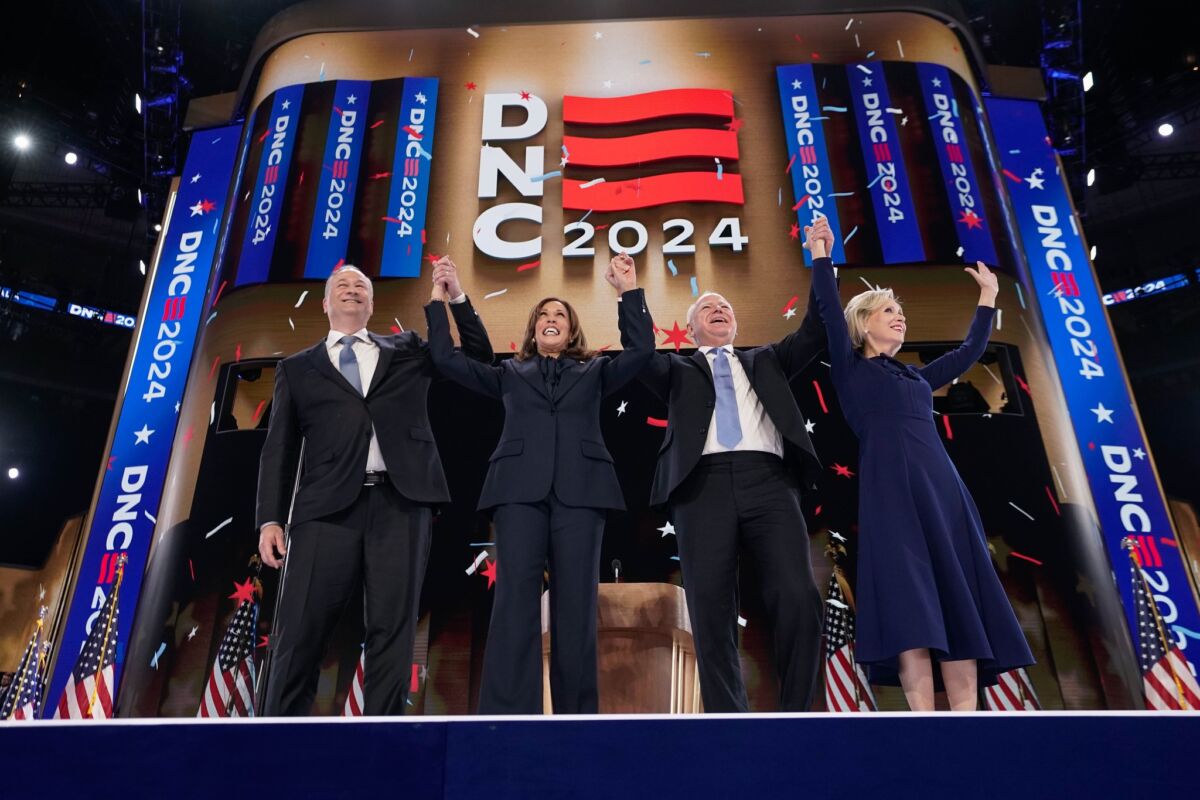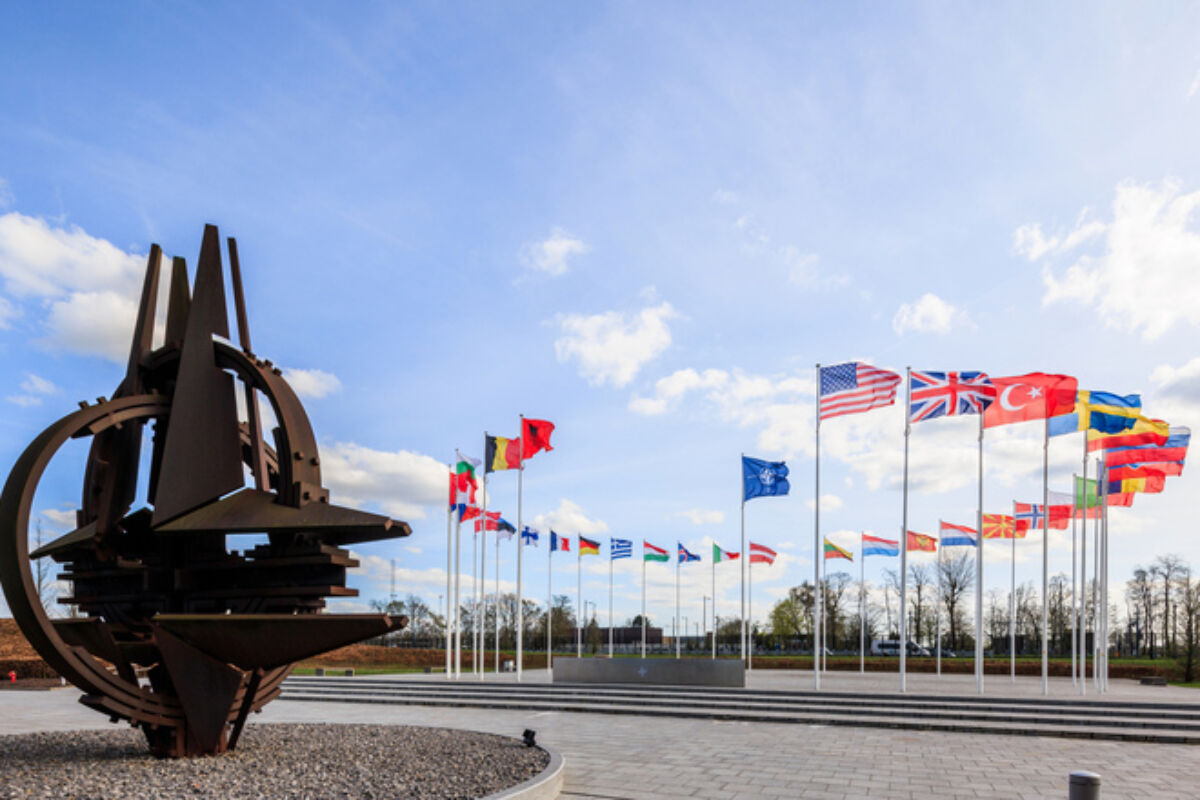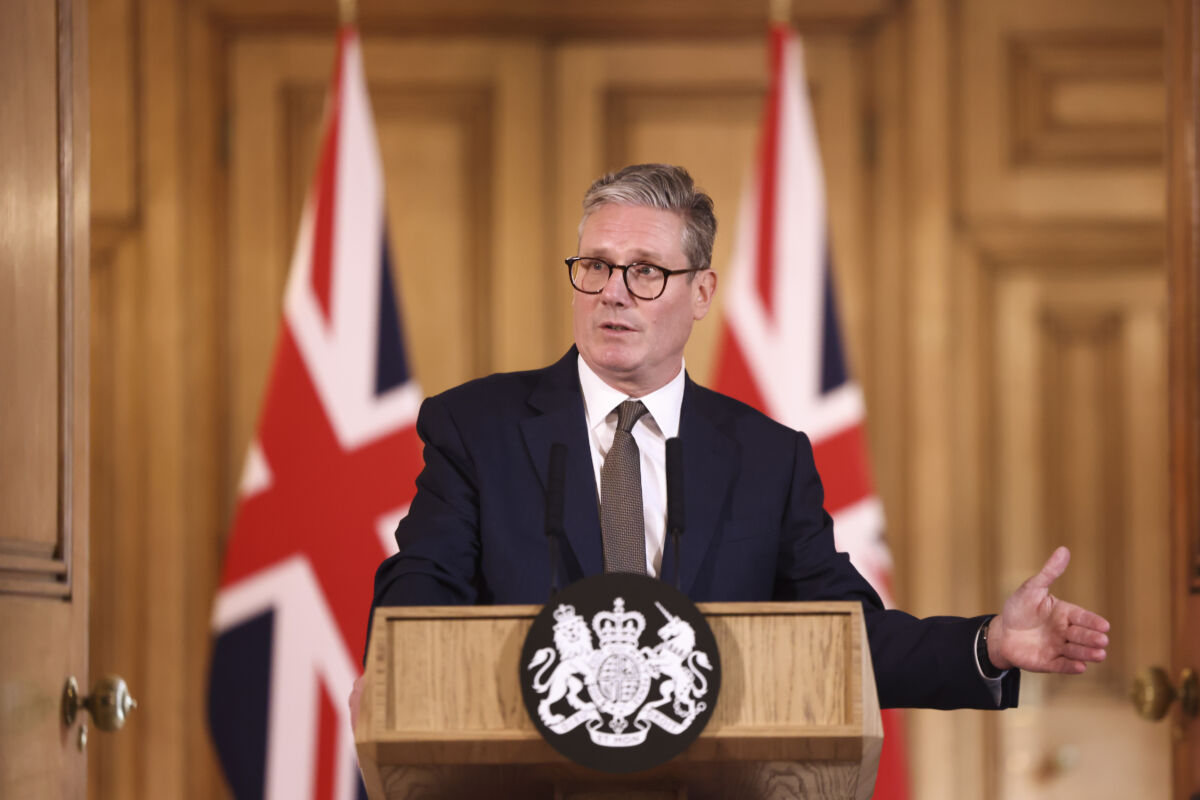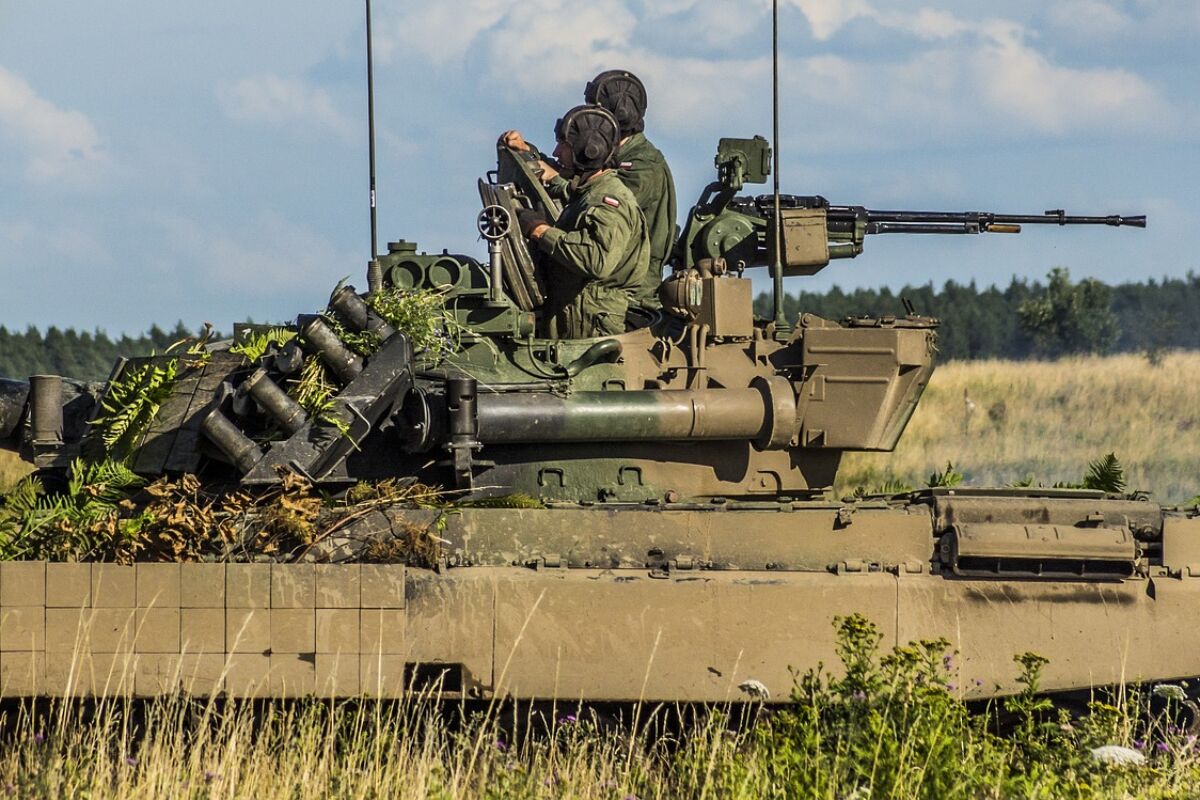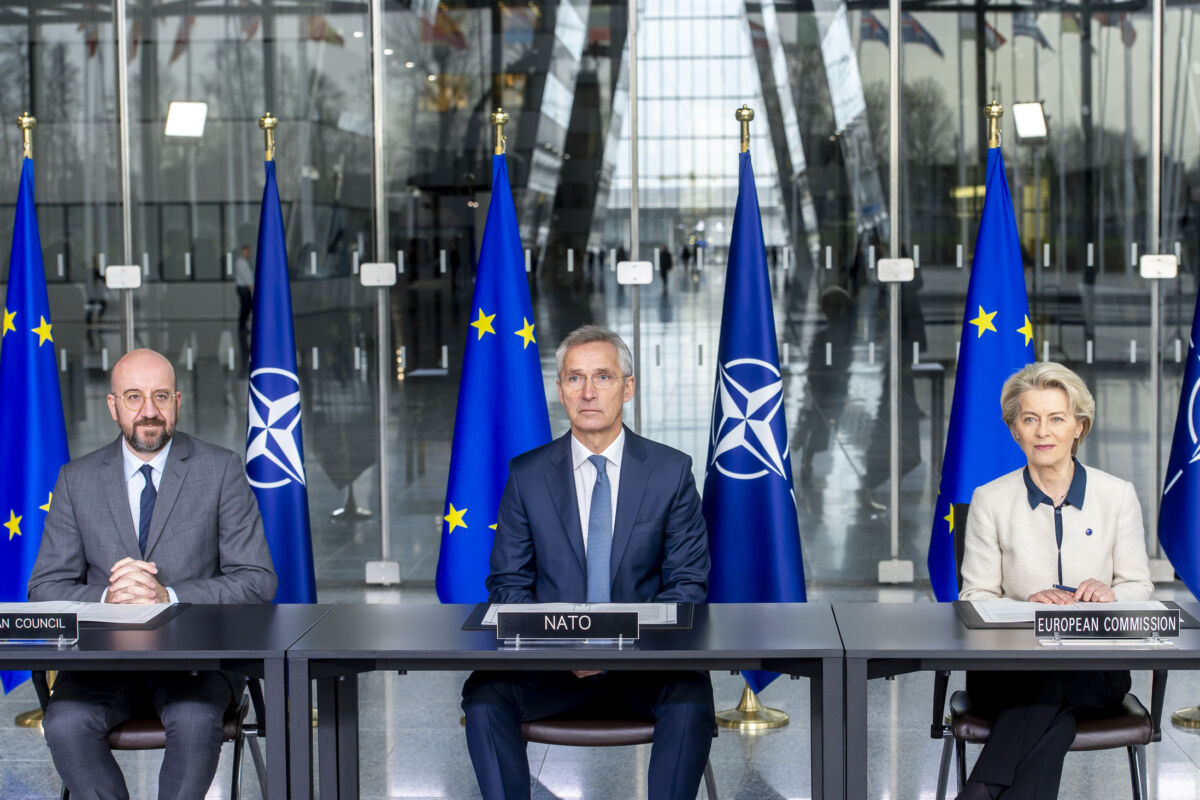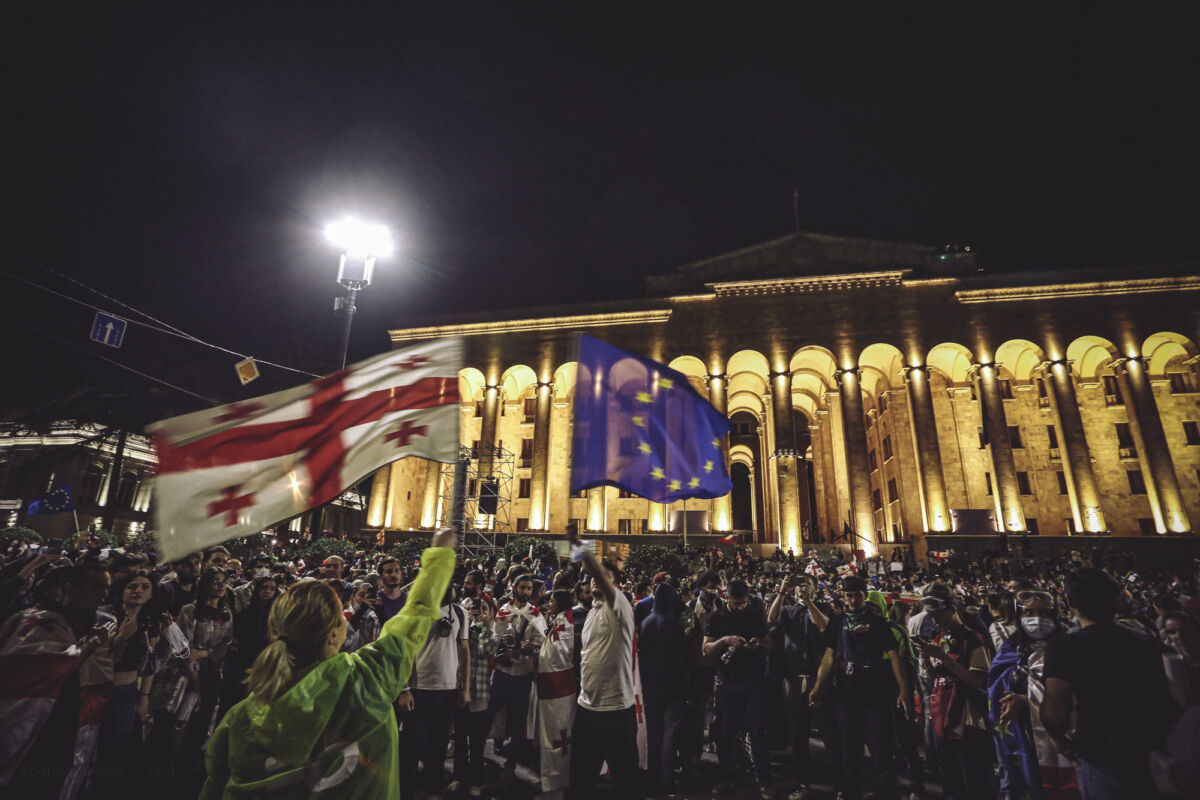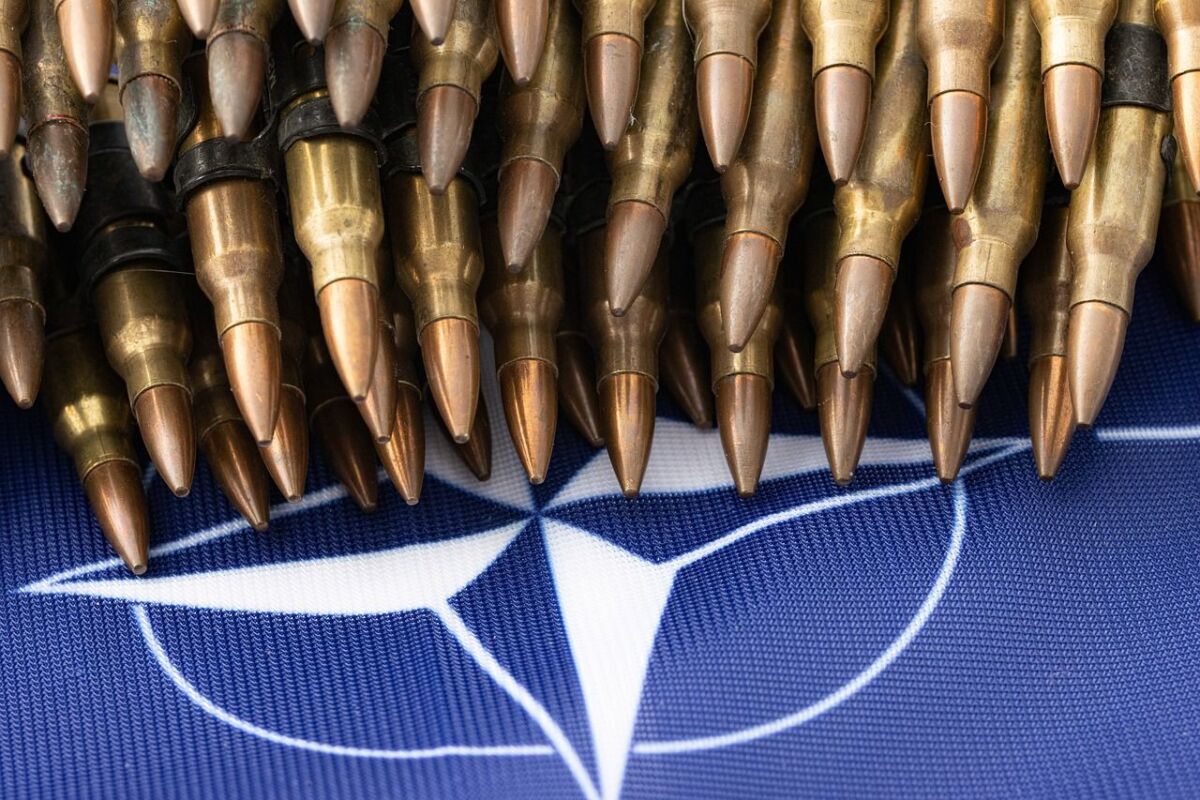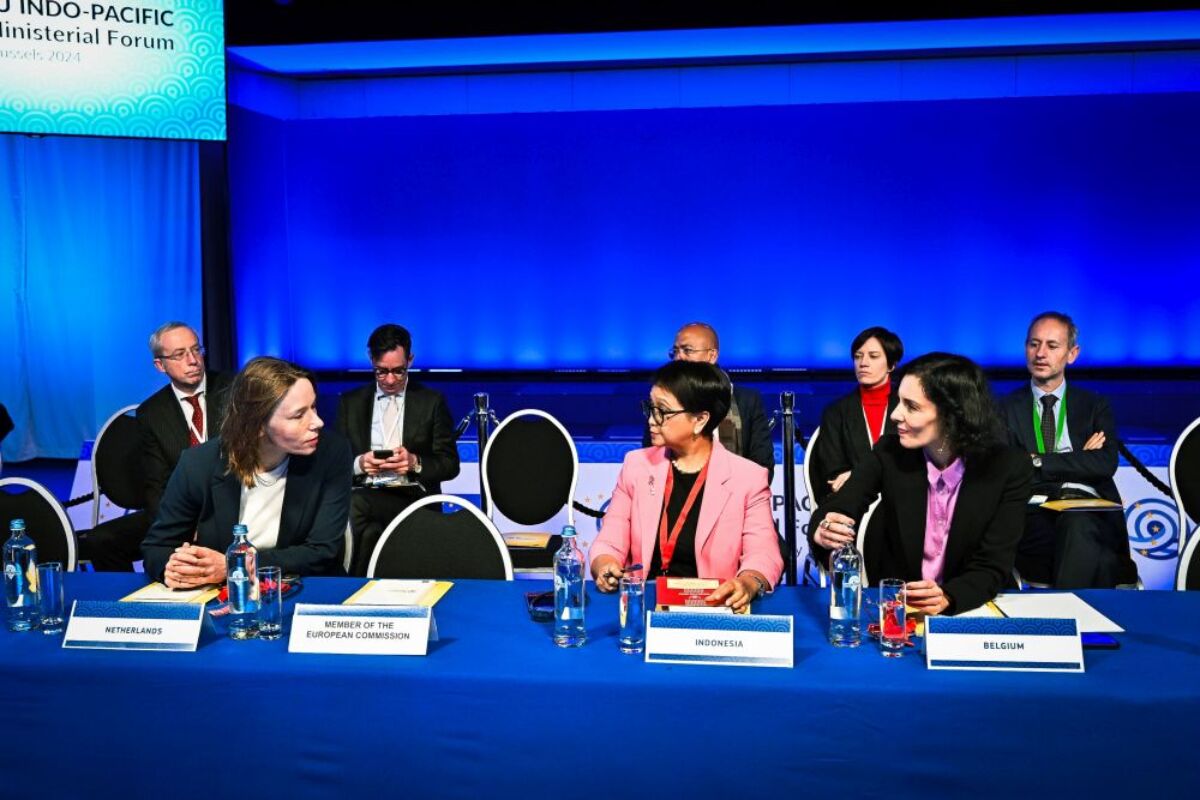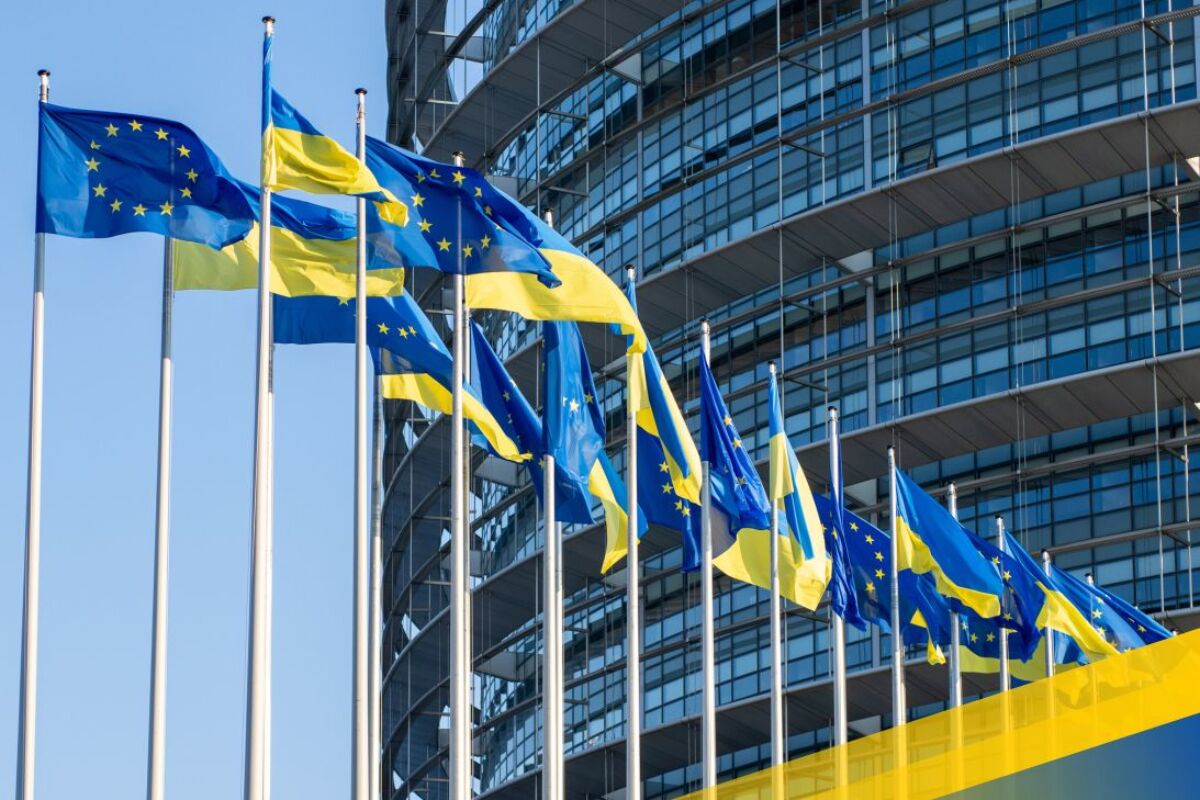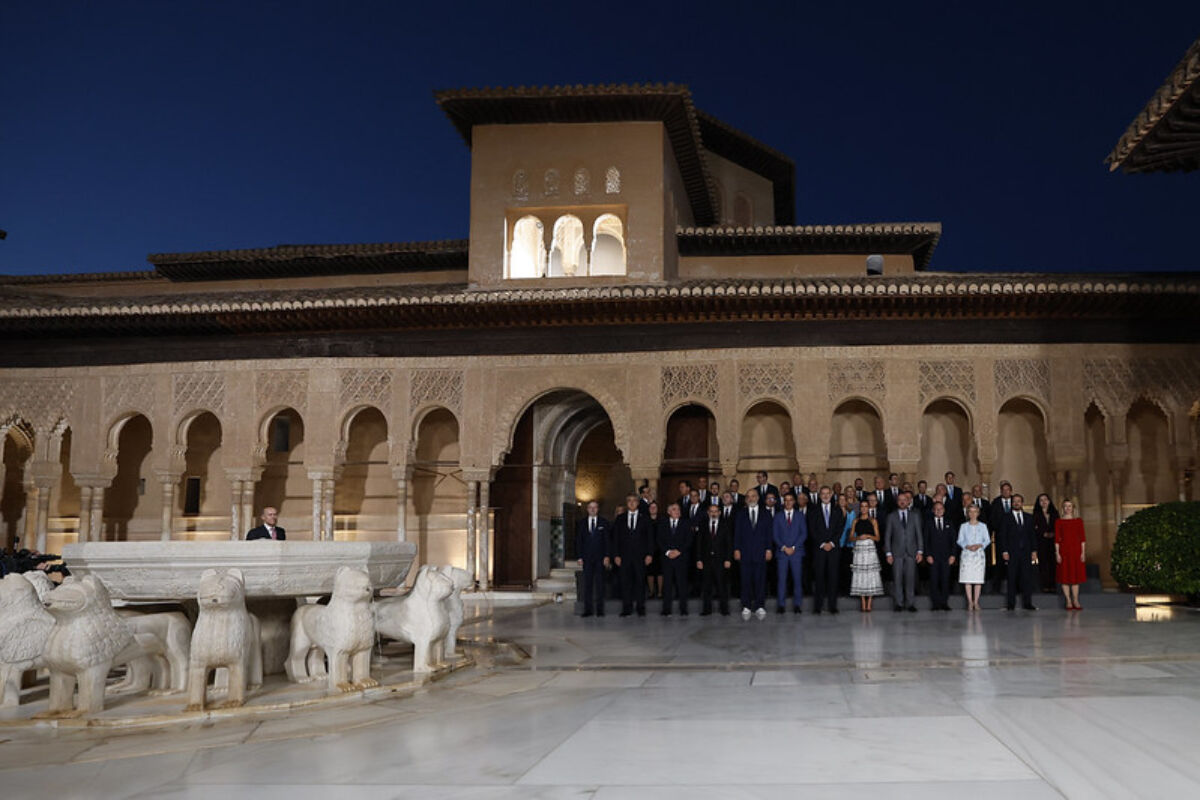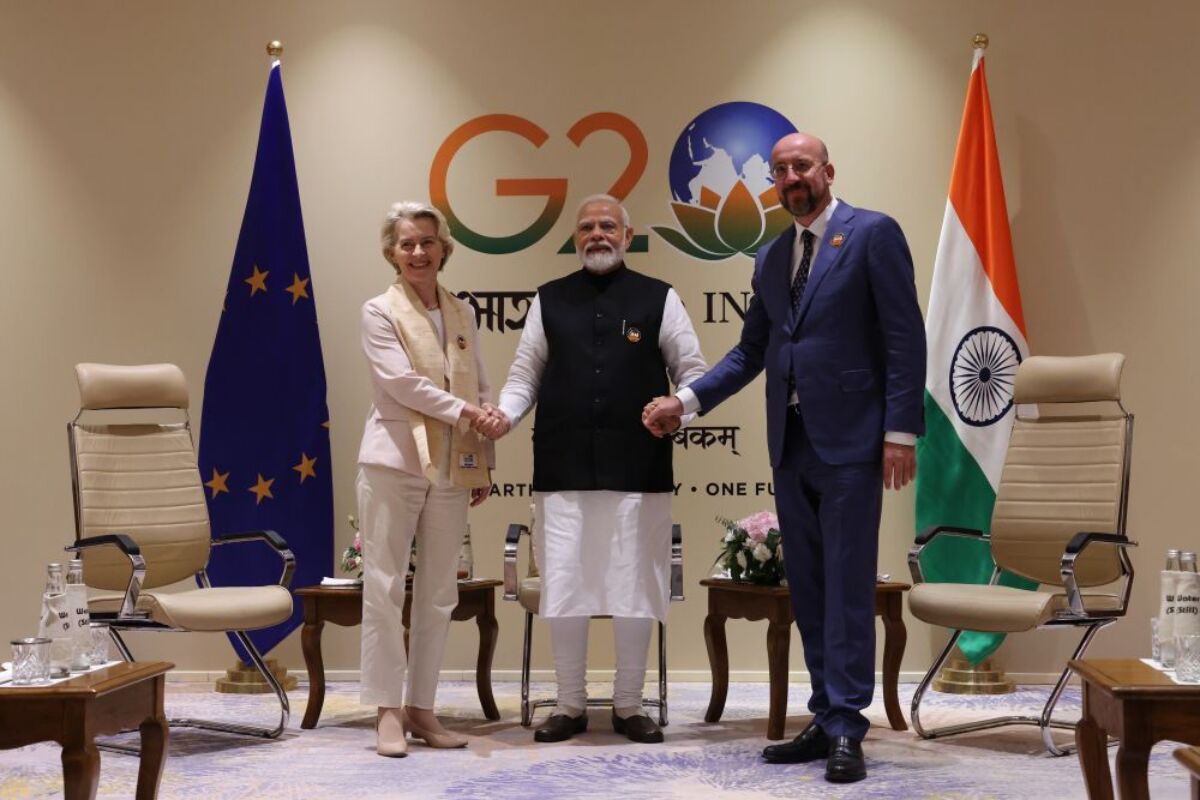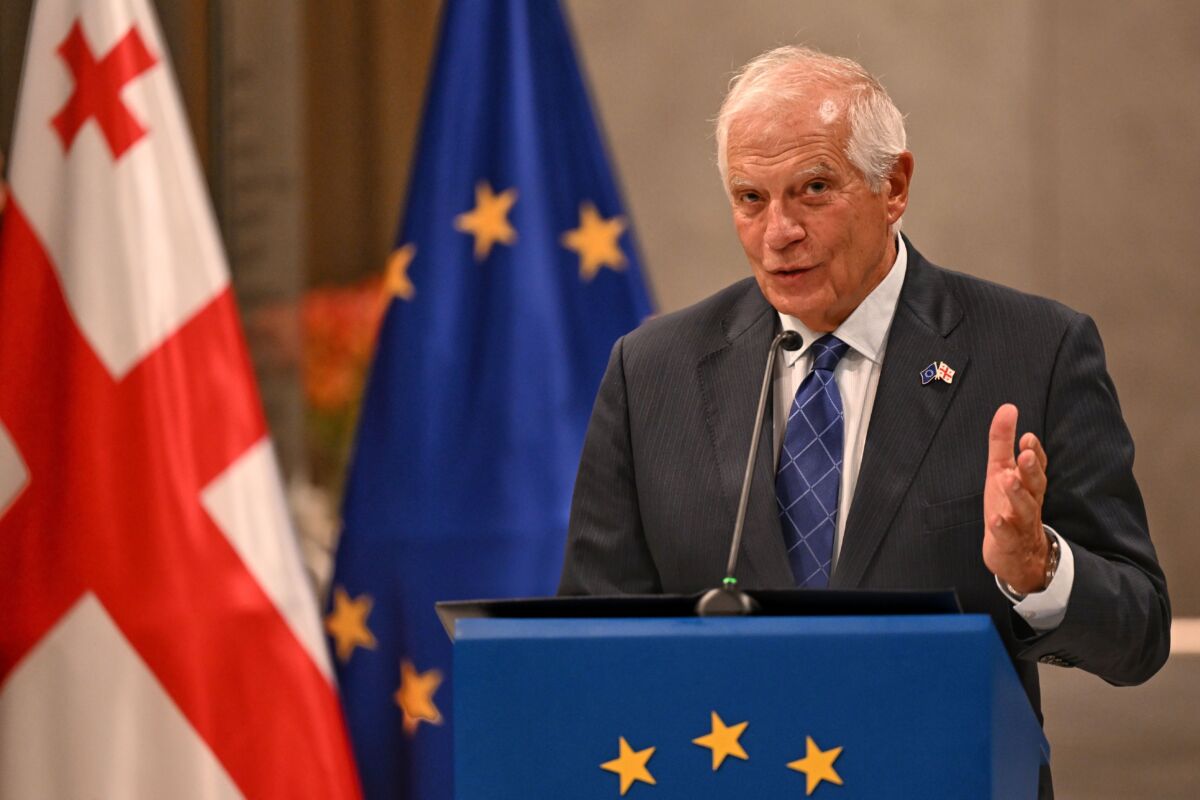Given that membership of PESCO (Permanent Structured Cooperation), the central cog in the EU’s emerging EDU, is virtually identical to membership of the European Defence Agency (EDA) and that the first 47 projects have so far achieved nothing of substance, critics have dismissed the new initiatives as an exercise in reinventing the wheel. They also point to France’s European Intervention Initiative, which corrals half of the membership, plus the United Kingdom, in structures outside of the EU and NATO.
Equipped with a new DG Defence Industry and Space, can the “geopolitical Commission” avoid coming to blows with EU member states over the creation of a European Defence Union (EDU) by 2025?
Testing the EU’s level of ambition will surely be ongoing Multiannual Financial Framework (MFF) negotiations on the size and scope of European Defence Fund (EDF), possible inertia in the implementation of PESCO projects, tensions with the US and the UK over the potential disruption of existing supply chains, and the challenge to establish a competitive European defence technological and industrial base (EDTIB) compatible with strategic autonomy.
While an institutional framework is in place to guide EU defence integration, the following points could facilitate tangible progress:
1. Strategy. A precondition to fulfilling the EU’s military potential will be a more precise definition of its strategic priorities, in line with the overall aims of the 2016 Global Strategy. Work on the future ‘Strategic Compass’ has just begun and will continue for the next two years. This exercise must concretely analyse incumbent threats and define the capabilities the EU needs to defend against them, in full complementarity with NATO to avoid duplication. This should allow for better transatlantic burden-sharing. At the same time, trade-offs between intervening as a crisis manager, acting as a peacemaker and aid to partners’ own capabilities development will have to be made on the basis of the limited financial and operational means at the disposal of the EU27 and its closest partners, all in the strategic interests of the European Union.
2. Capabilities. Developing an EDU requires a focus on output. This means that a clear link should be made between PESCO and non-PESCO projects funded by the EDF and how they improve crisis management, and stabilisation operations the EU will undertake, especially in its immediate neighbourhood. A primary objective of future capabilities development must be the elimination of duplication among EU member states by creating systems-of-systems and expediting greater standardisation, without throwing up new protectionist barriers. The EDA must evaluate the utility, cost-effectiveness and potential impact of these projects.
3. Funding. Tough decisions must be taken in the field of defence R&D, procurement, logistics and maintenance. First, the Commission must resist the pressures of frugal member states and those defending generous agricultural and cohesion funding to ringfence budget on military mobility, cyber and space. The EU should invest in preparing for the ‘next frontier’ of likely threats and conflicts rather than yesterday’s wars. Second, the EU will need to reassess the limitations put on European defence funding to industries from strategic partners and neighbouring countries with integrated supply chains. Third, it will be crucial to narrow the loopholes in the two defence directives that allow member states exclusive domestic procurement. Also, to guarantee geographical balance in the nascent single market for defence and assuage concerns in Central and Eastern Europe about undermining NATO’s collective security blanket, the Commission should consider financial support the eastern and south-eastern flanks. The aim should also be to encourage partnerships between these countries’ local defence and technological industrial bases, and the expertise of multinational corporations in Western Europe. Regardless of the size and scope of the EDF and European Peace Facility, there must be greater transparency and a reconsideration of the European Parliament’s budgetary oversight and scrutiny of defence initiatives to ensure that European taxpayers’ money is well spent.
4. Comprehensiveness. An integrated approach to European security is necessary to combat hybrid threats. The emerging European Defence Union must not only focus on the implementation of CARD (Coordinated Annual Review on Defence), PESCO and the EDF, but also tie in with efforts to safeguard democratic elections, screen for potentially harmful foreign direct investment, tighten the EU’s arms export regime, and widen the impact of anti-money laundering initiatives. Furthermore, comprehensiveness implies institutional coordination and cooperation. Sequencing tasks and dividing labour may be helped by the Project Group Defence Union (PGDU) and coherence meetings between Commissioners, both chaired by High Representative/Vice-President Josep Borrell.
With difficult negotiations on the next MFF still underway, it is incumbent upon the EU and member states alike not to dwell on past policies but to engage readily and raise the level of ambition of the EDU so that it might fulfil its potential as a global actor.


